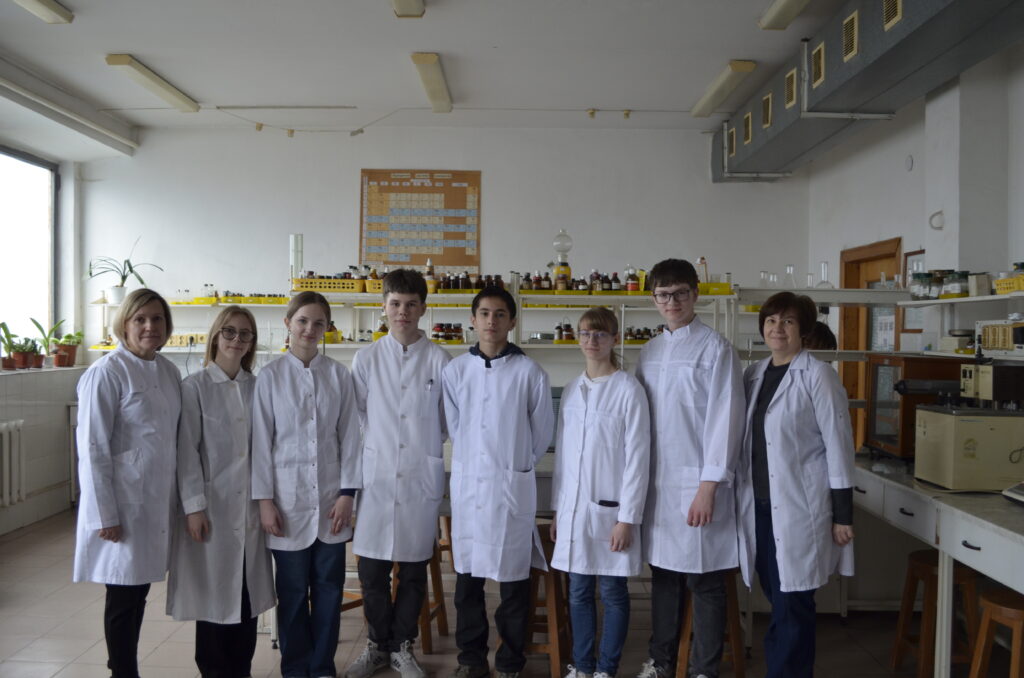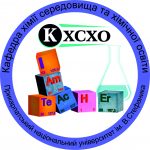Today, on March 14, the Department of Environmental Chemistry and Chemical Education continues to actively prepare for the IV stage of the Chemistry Olympiad!
Thanks to the associate professors of the department Lilia Midak and Olga Kuzyshyn, our participants not only mastered new devices for them, but also gained valuable practical experience.
What did you study?
Working with a conductometer – methods of measuring the electrical conductivity of solutions.
The types of titration that were considered:
– acid-base
– oxidation-reduction
– complexometric
– precipitation
Qualitative reactions to organic compounds to determine the presence of:
1. Hydroxyl groups
Biuret reaction (for proteins) – the addition of CuSO₄ and NaOH gives a purple color.
Reaction of glycerol with Cu(OH)₂ – a deep blue solution is formed.
2. Aldehyde and ketone groups
The silver mirror reaction (methanal or glucose with ammonium Ag₂O) – precipitation of a silver mirror precipitate.
Fehling reaction – red Cu₂O precipitate indicates aldehydes.
3. Carboxylic acids
Effect on the indicators – change of color of the litmus test to red.
Reaction with NaHCO₃ – release of CO₂.
4. Unsaturated compounds
Discoloration of bromine water – indicates a double bond in alkenes or unsaturated acids.
Reaction with KMnO₄ – color change from purple to brown.
5. Alcohols and phenols
Reaction with FeCl₃ gives a color from purple to green (phenols).
Oxidation of ethanol with a copper spiral – a characteristic acetaldehyde odor.
6. Iodoform group (-COCH₃ or -CH(OH)CH₃)
Reaction with iodine and NaOH gives a yellow precipitate of iodoform.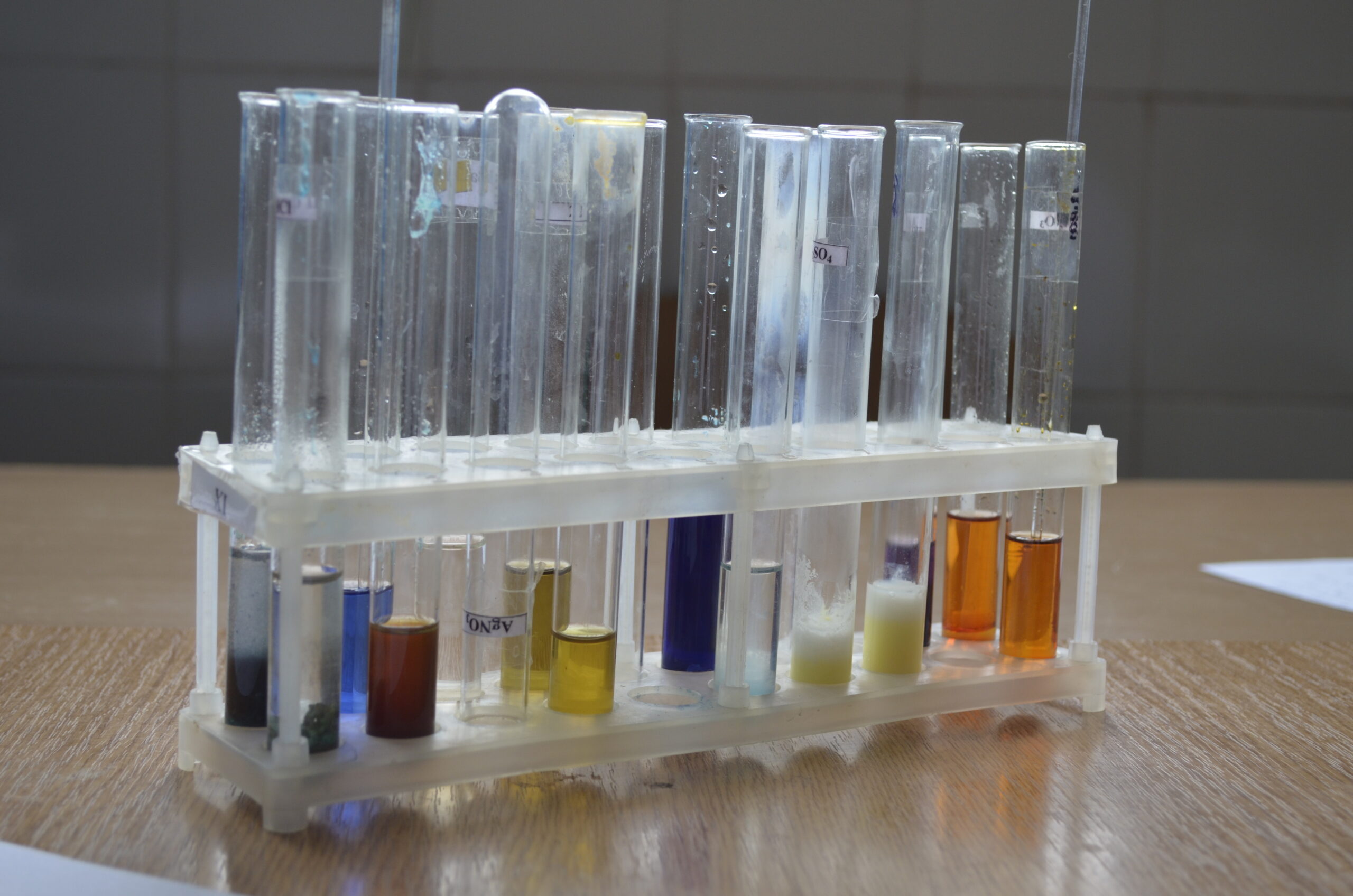
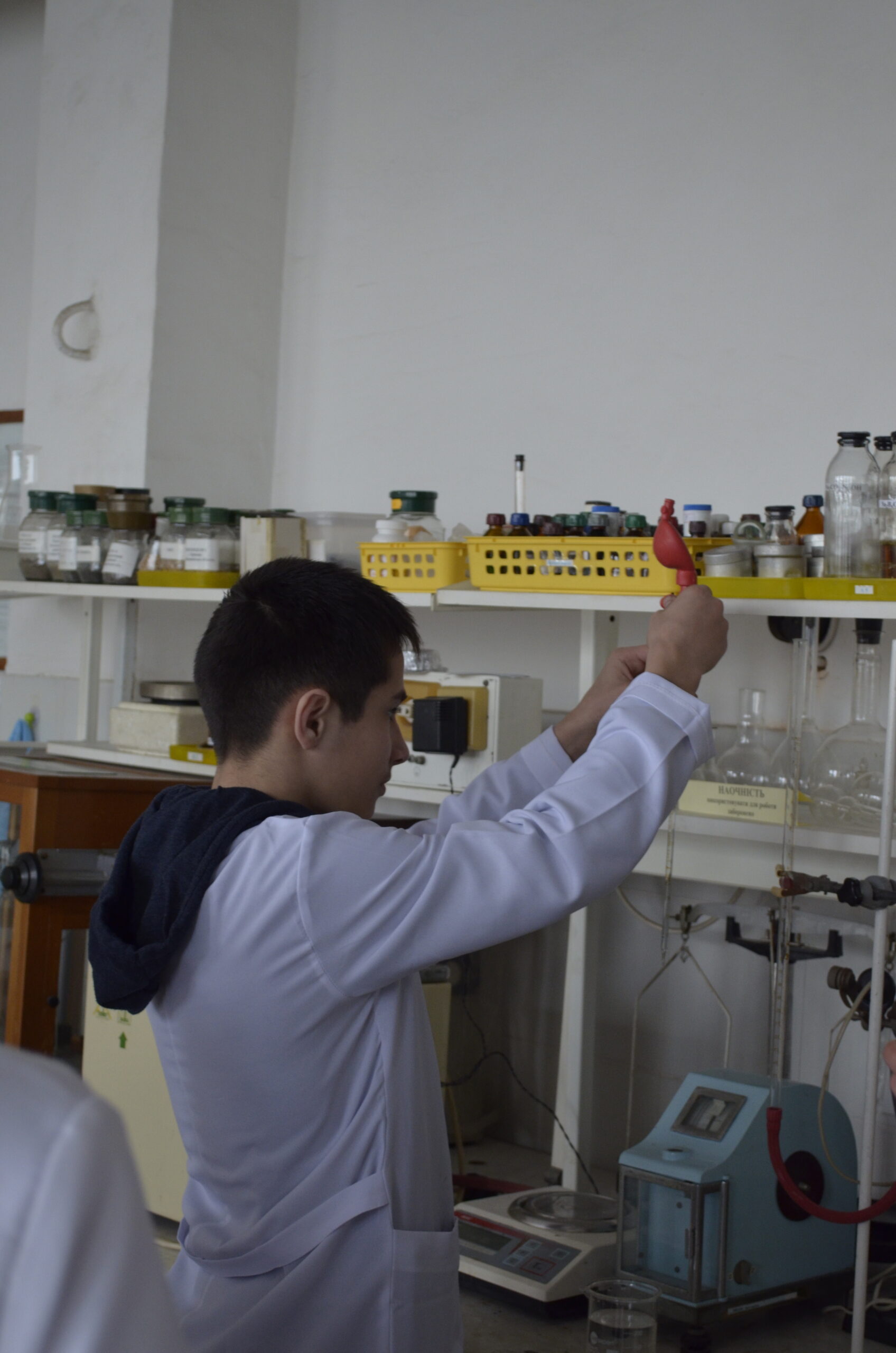
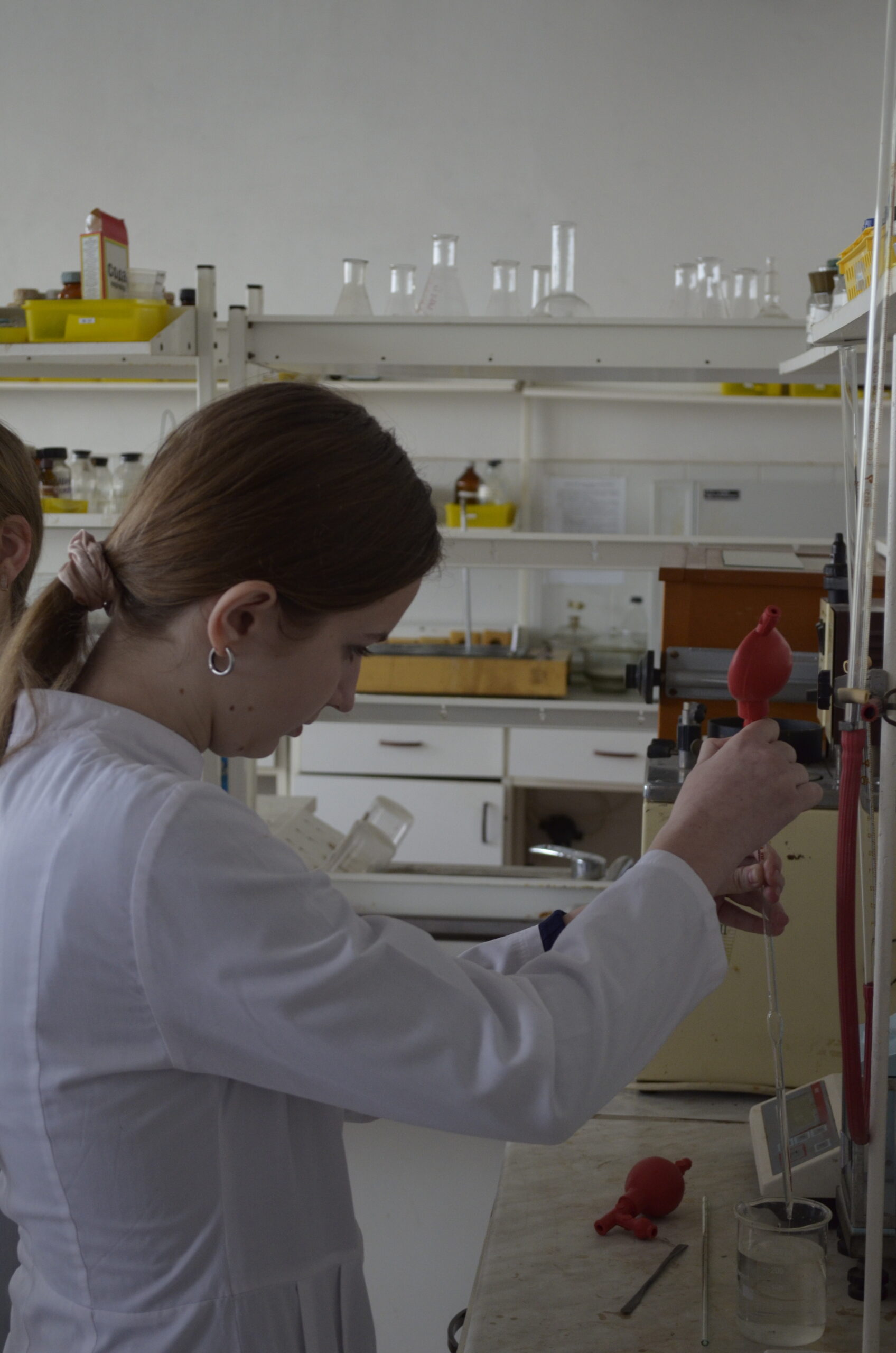
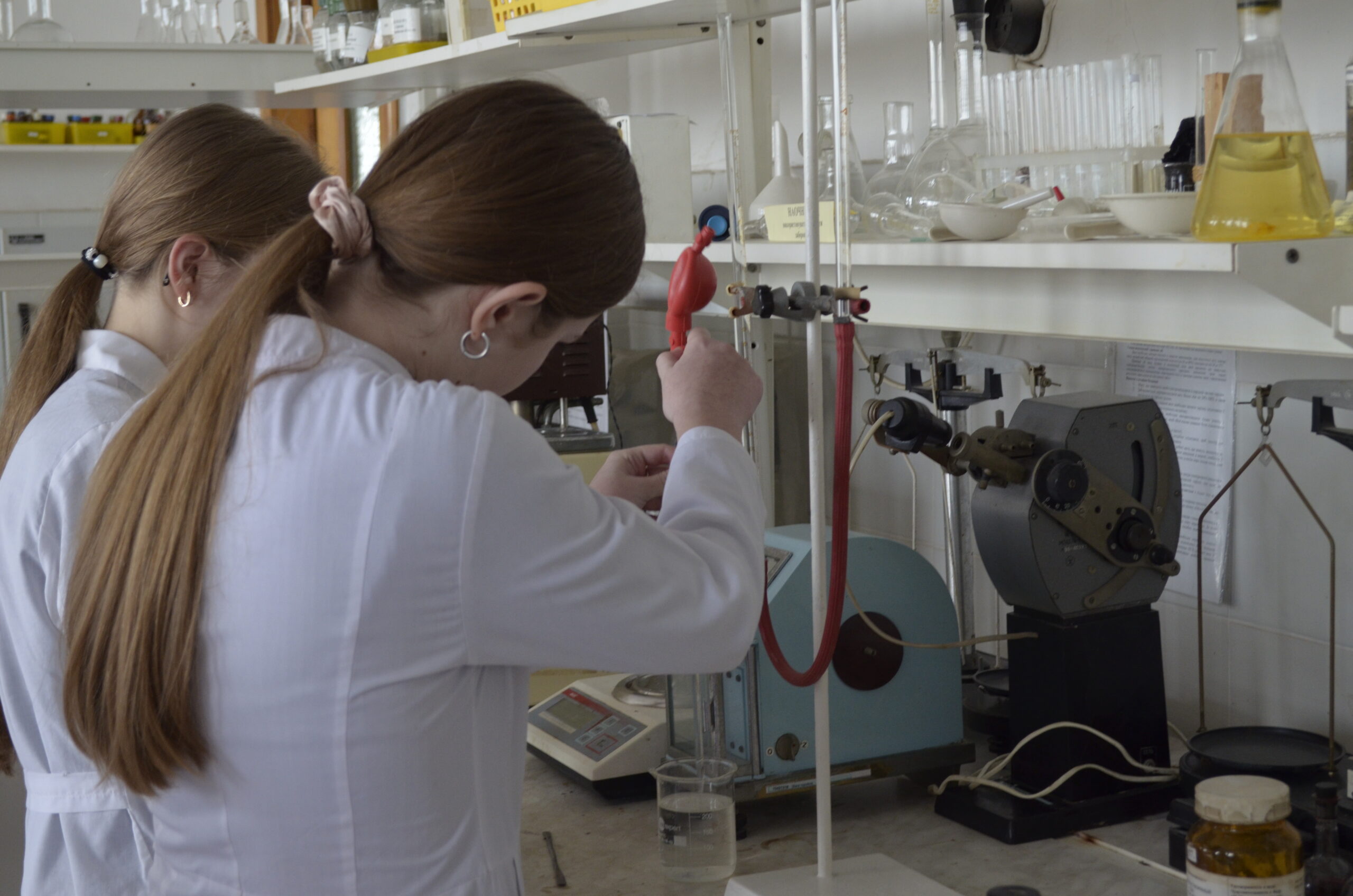
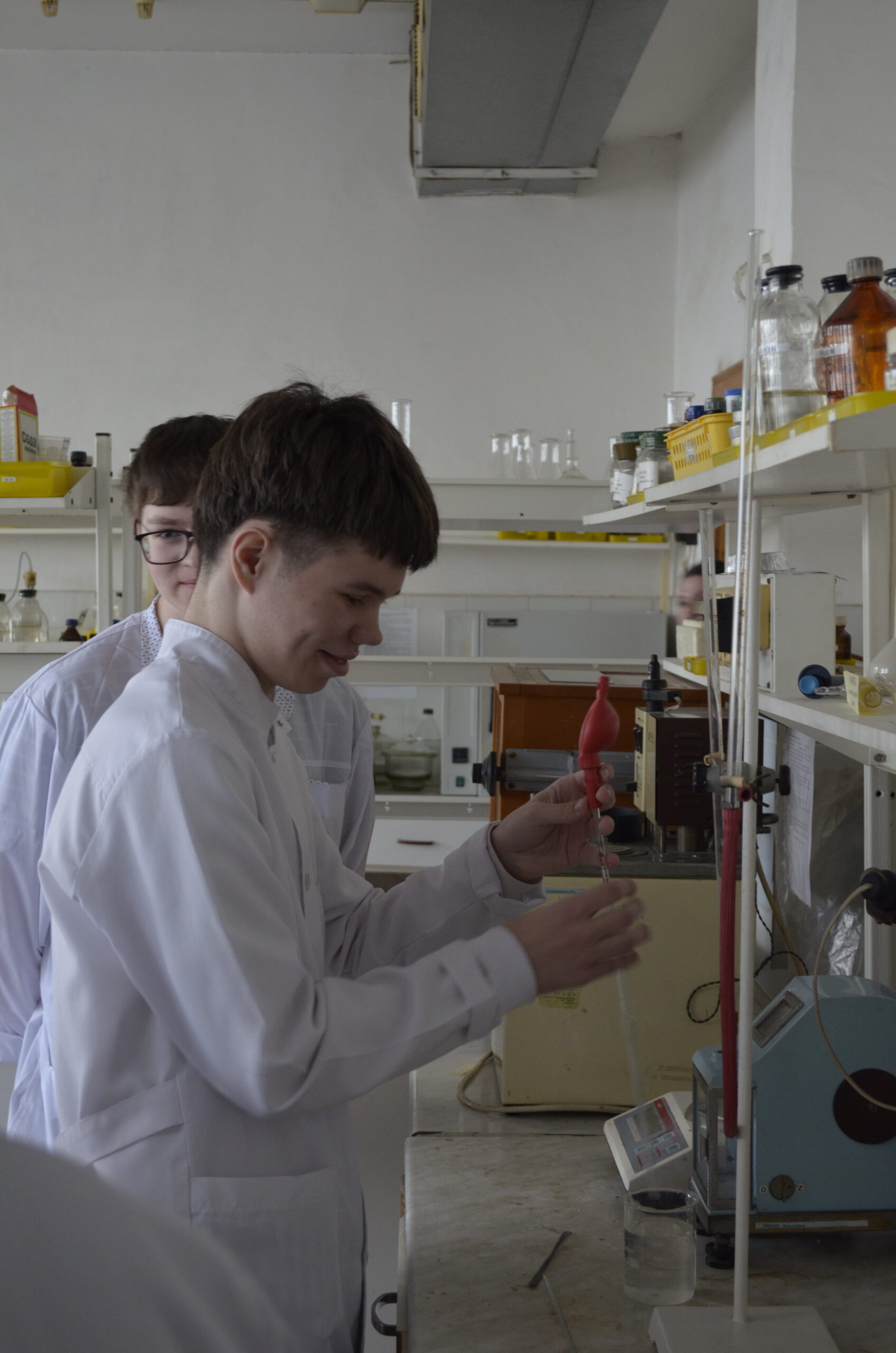
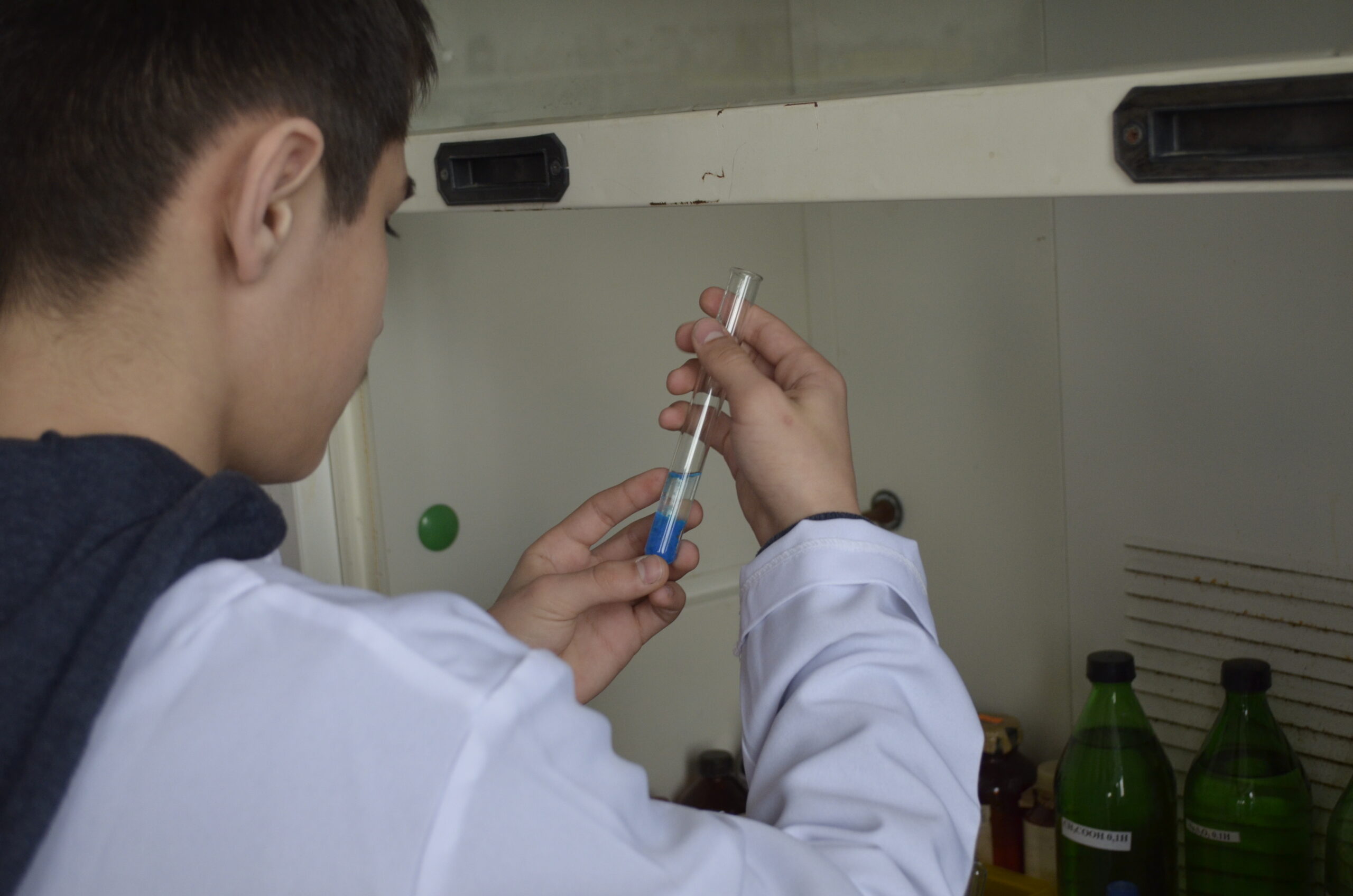
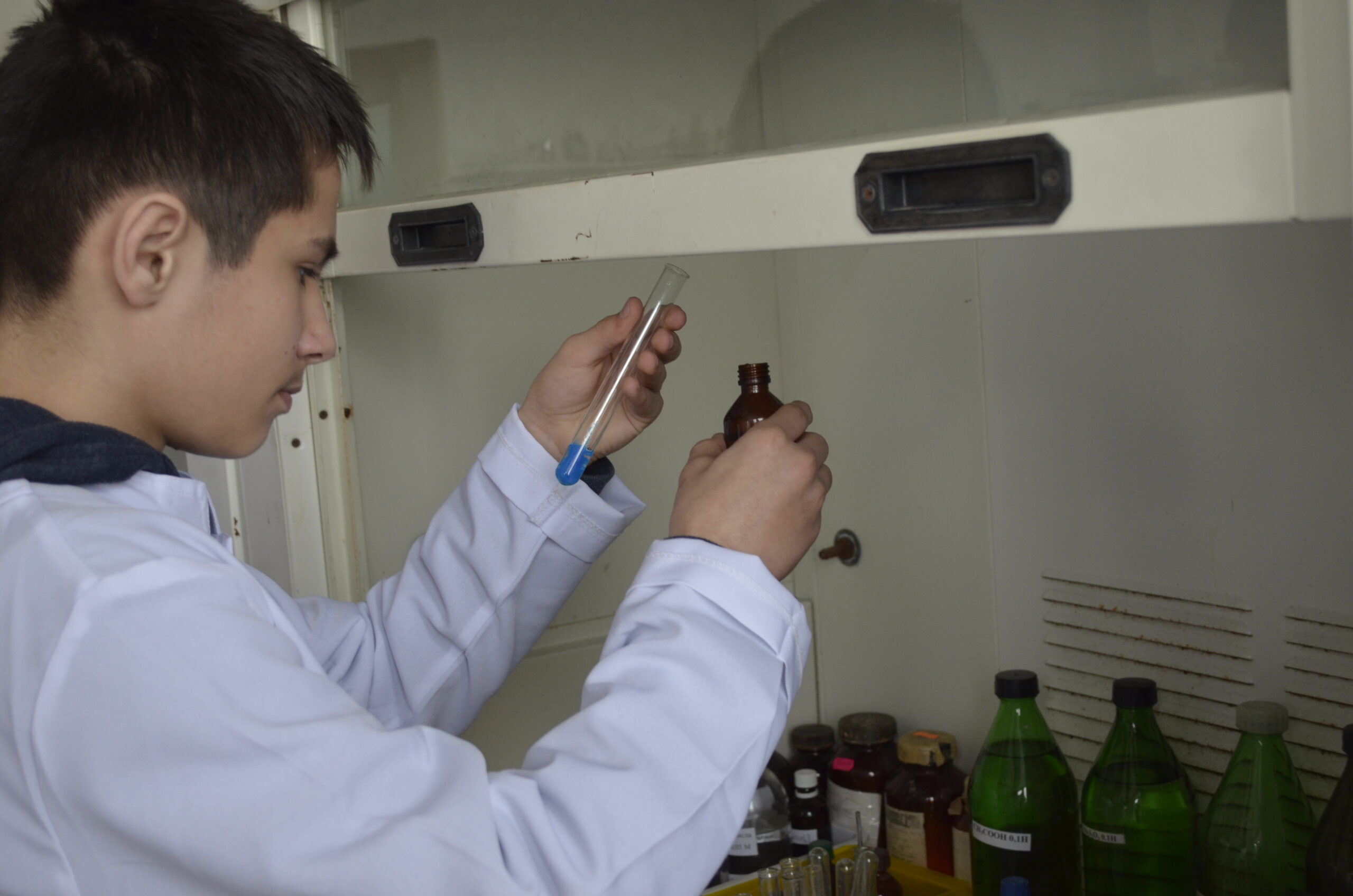
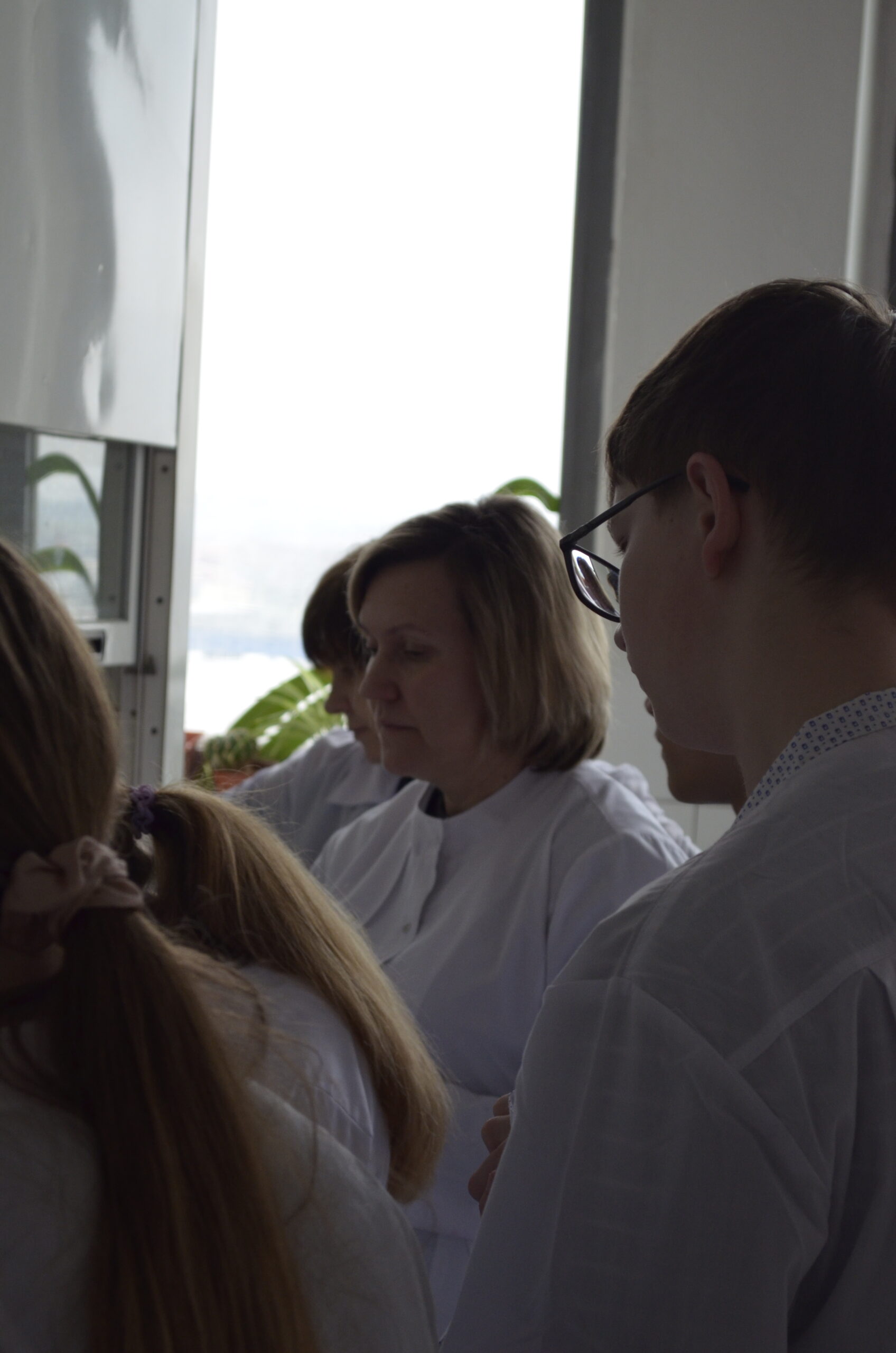
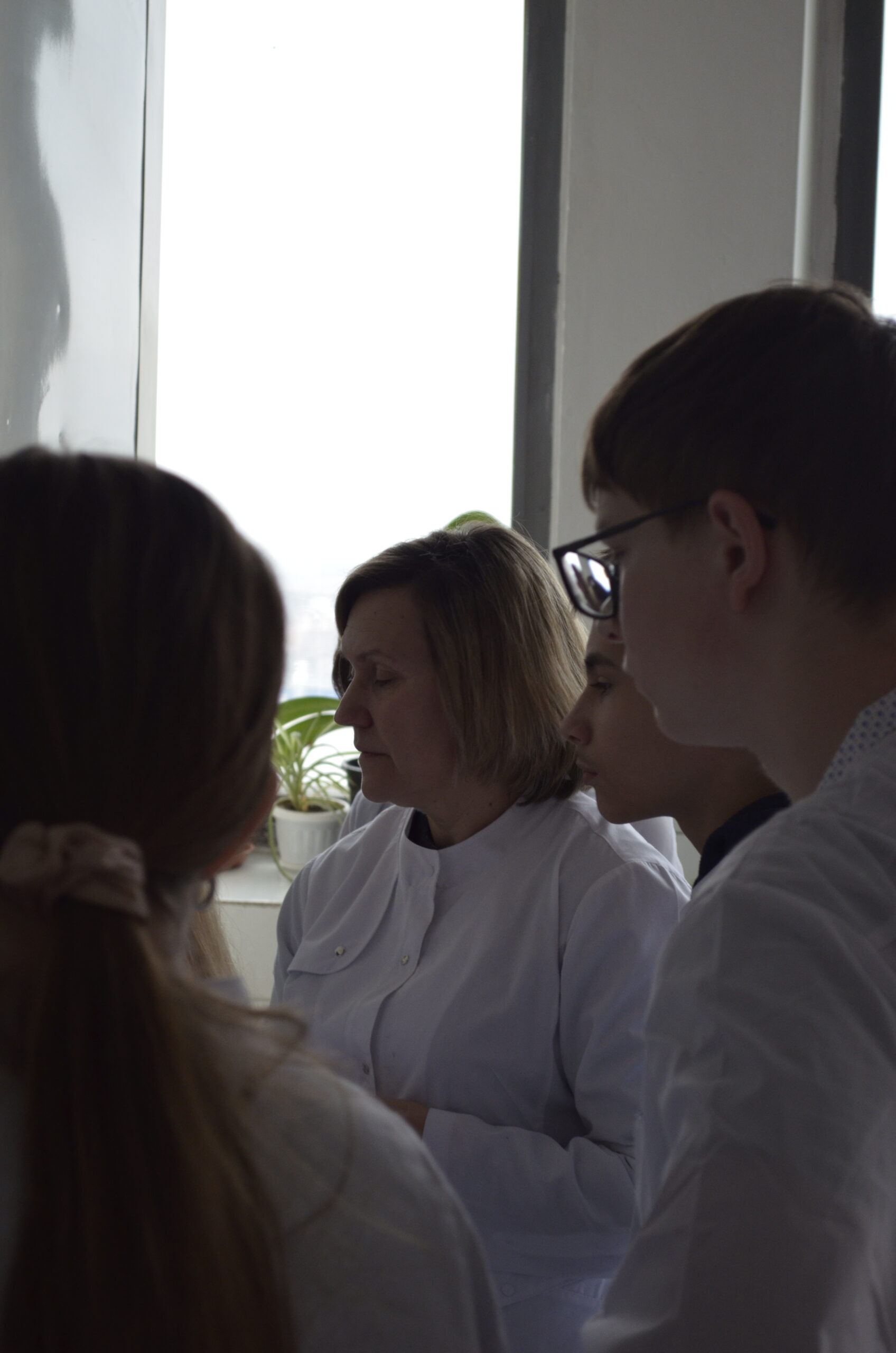
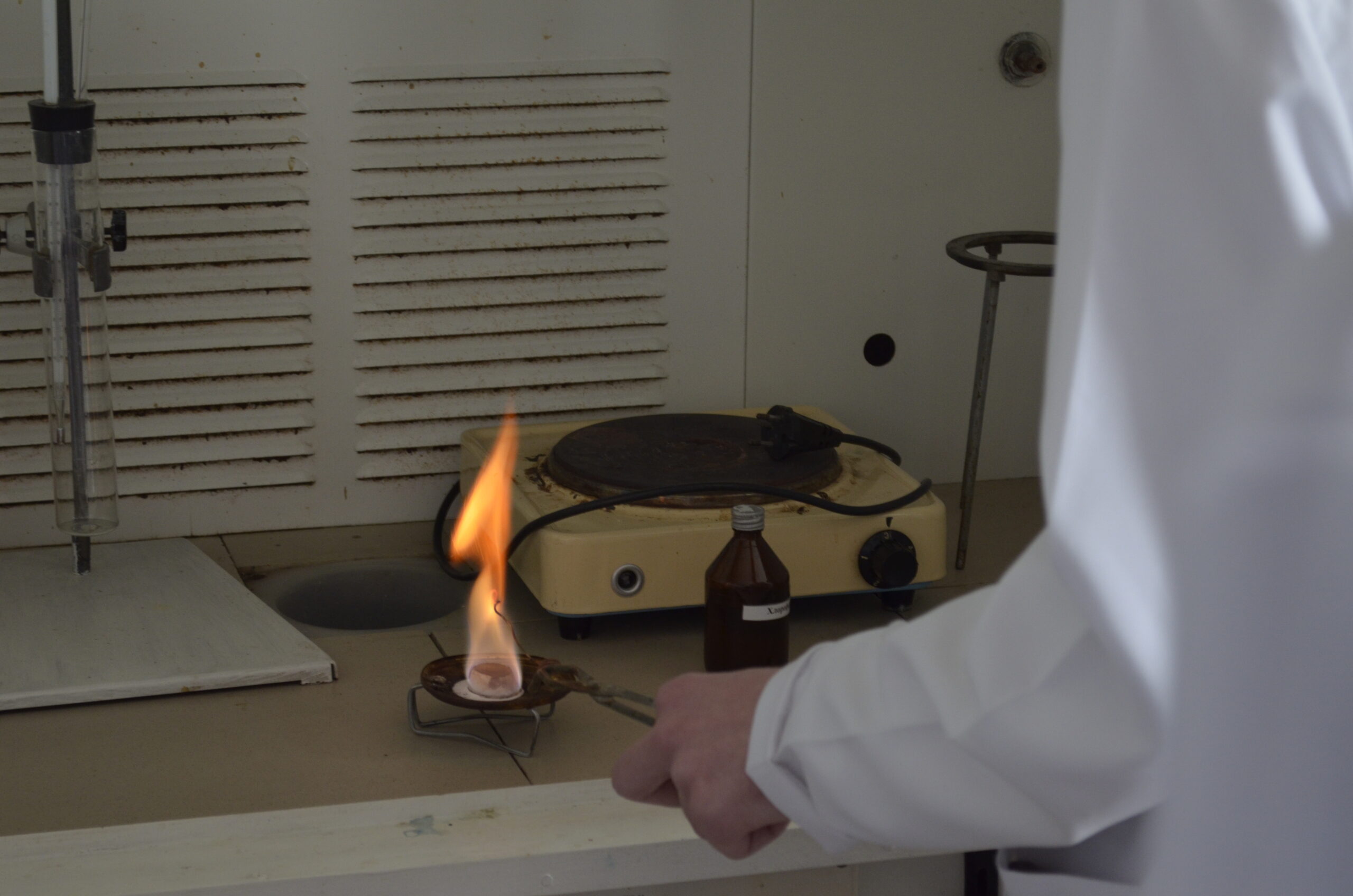
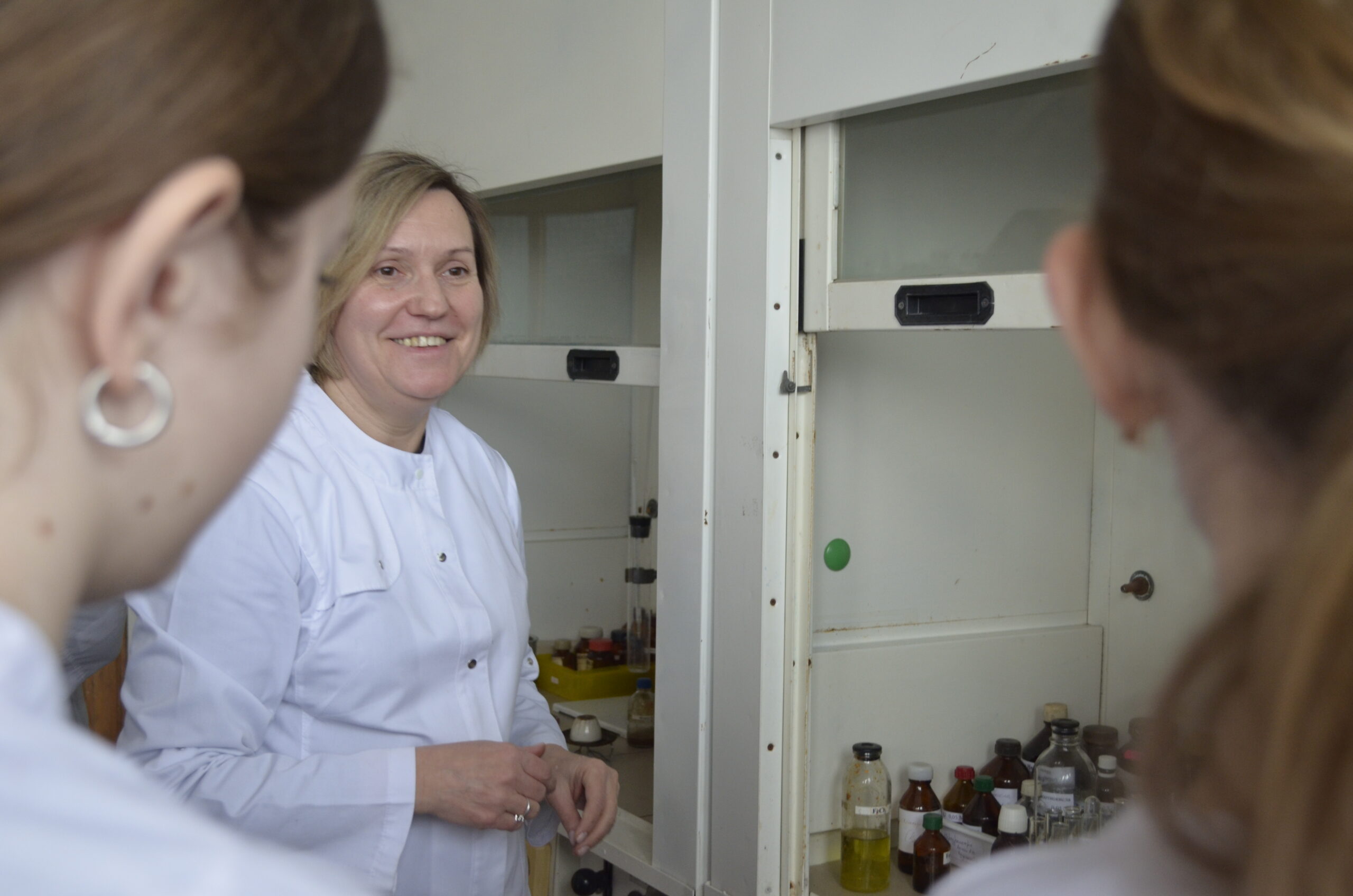
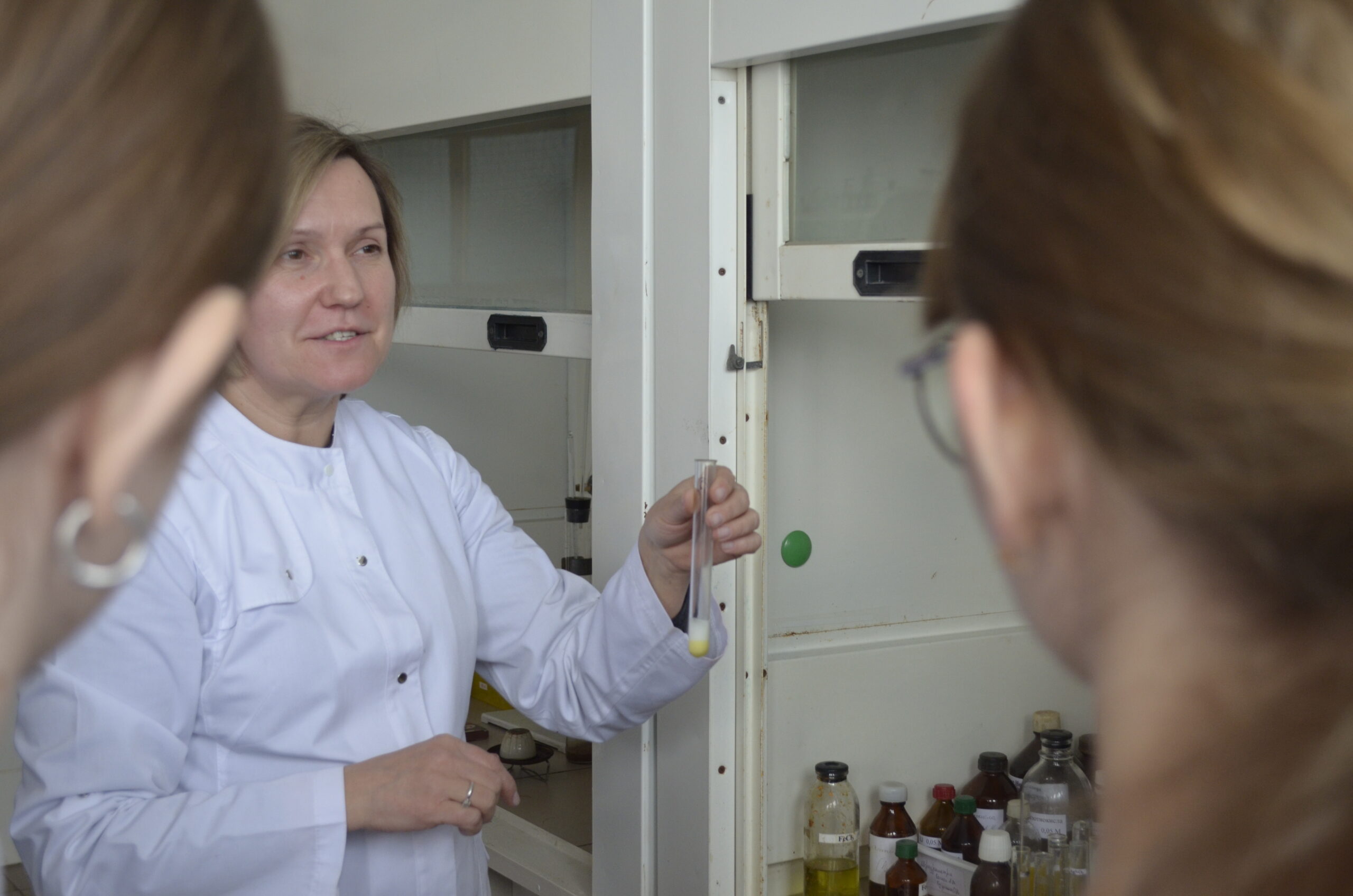
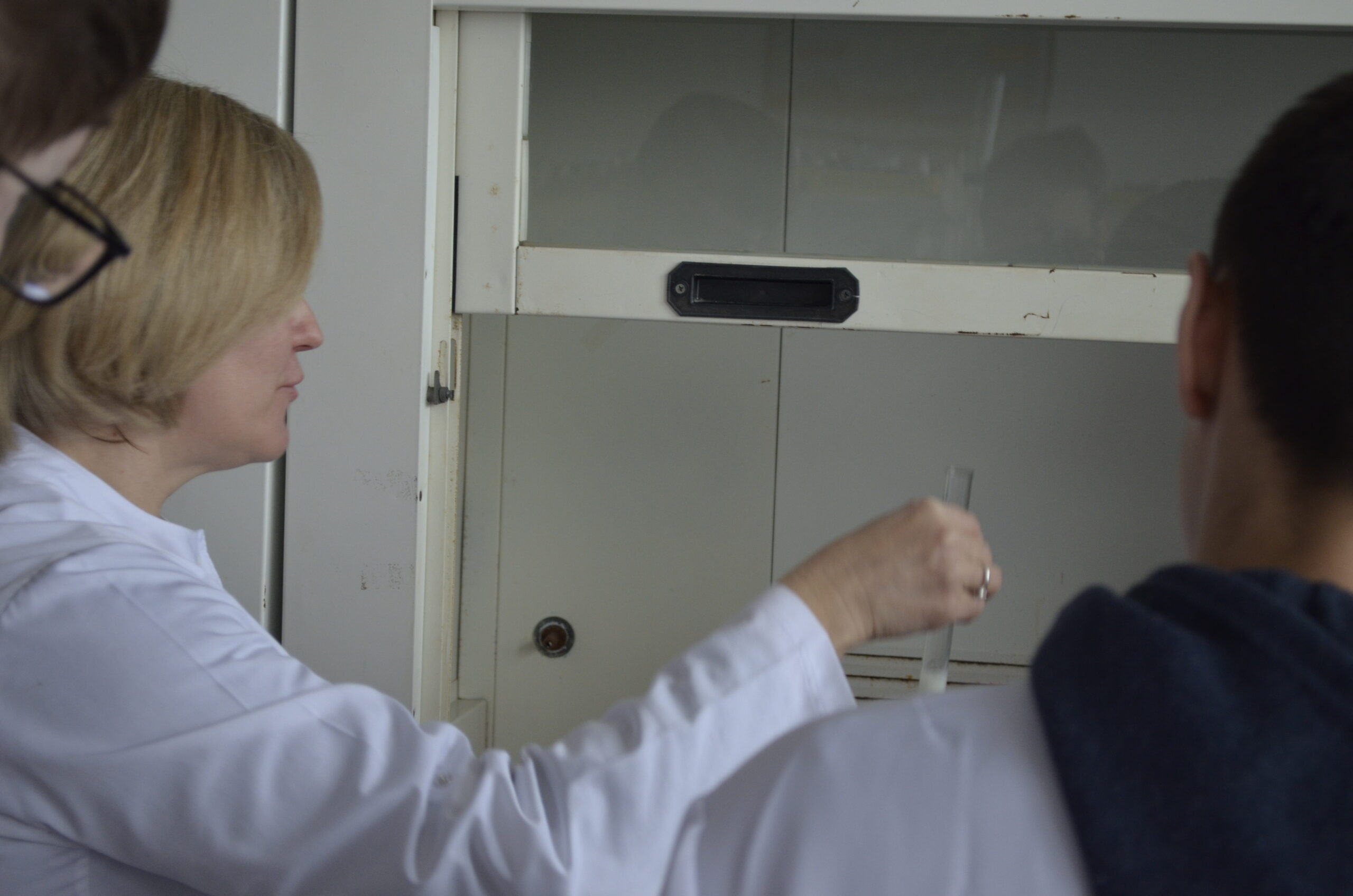
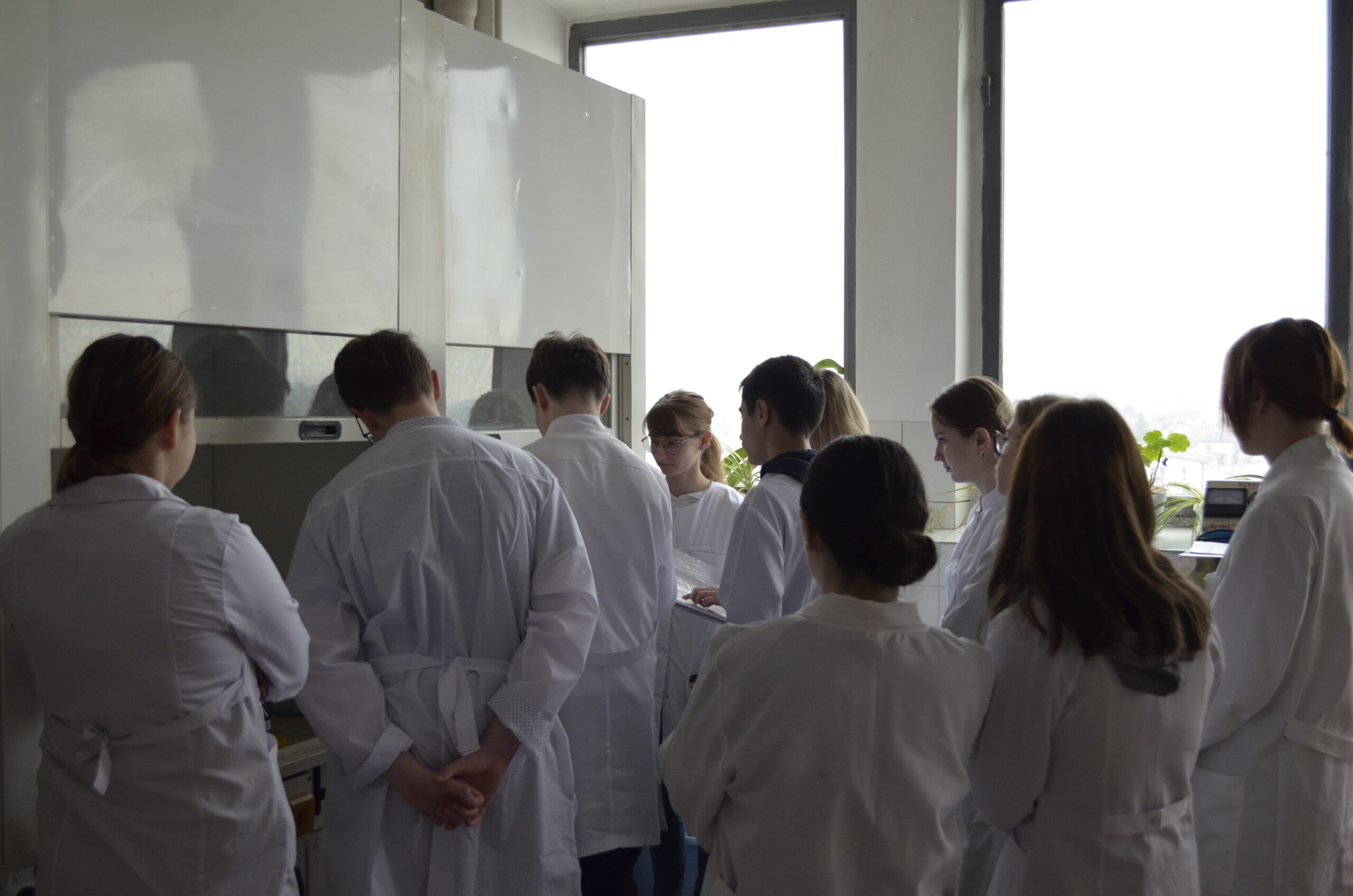
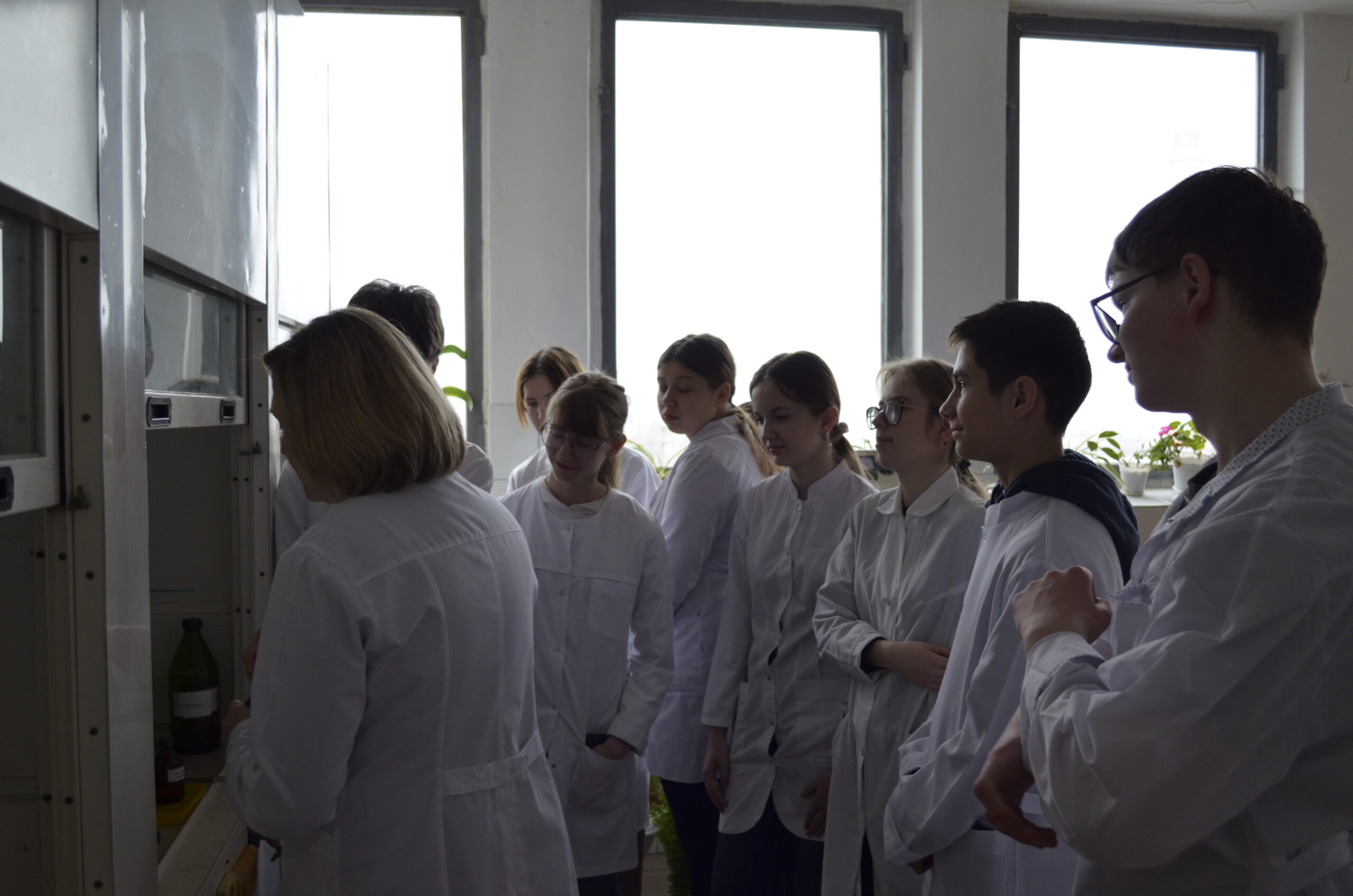
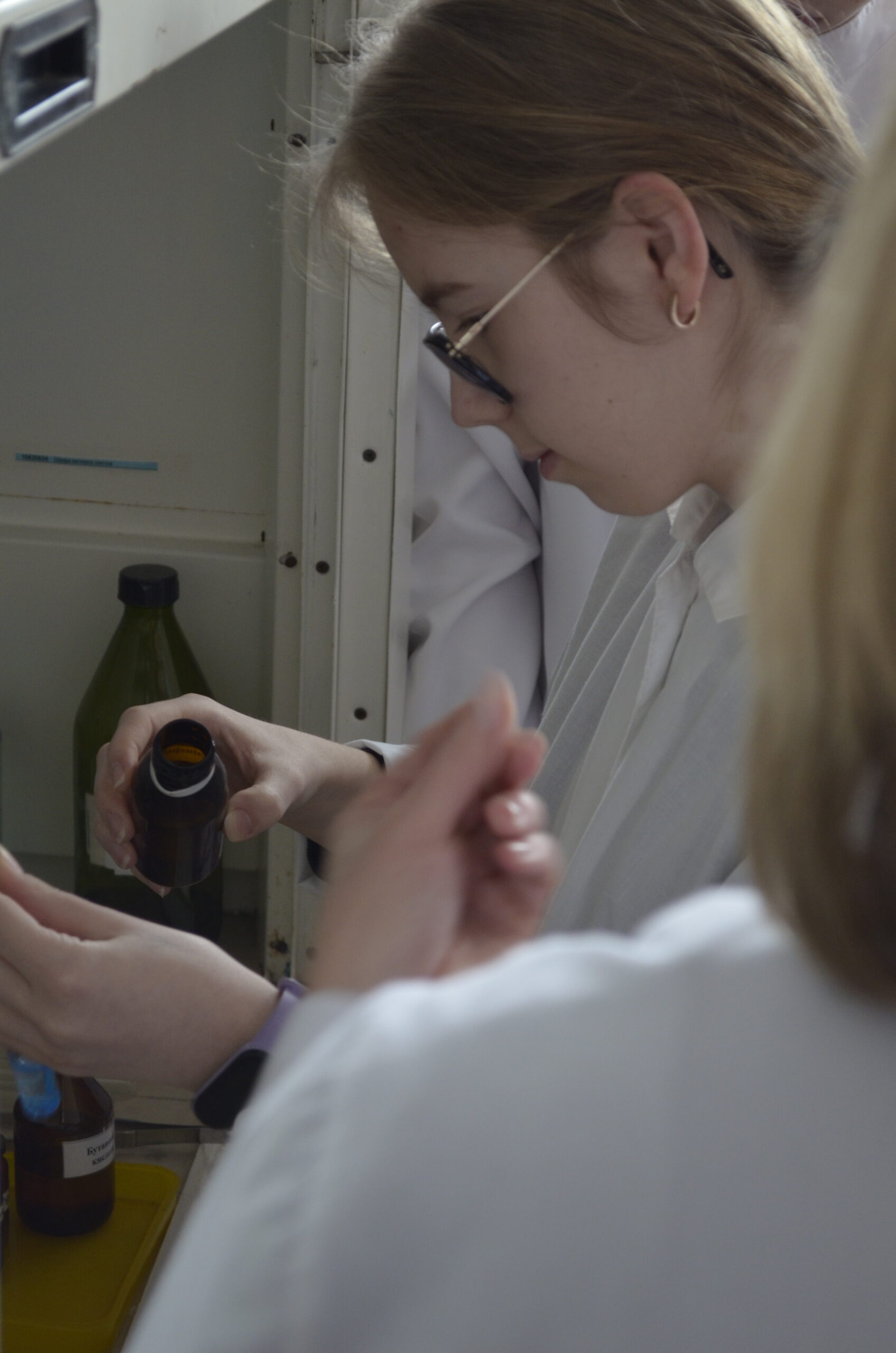

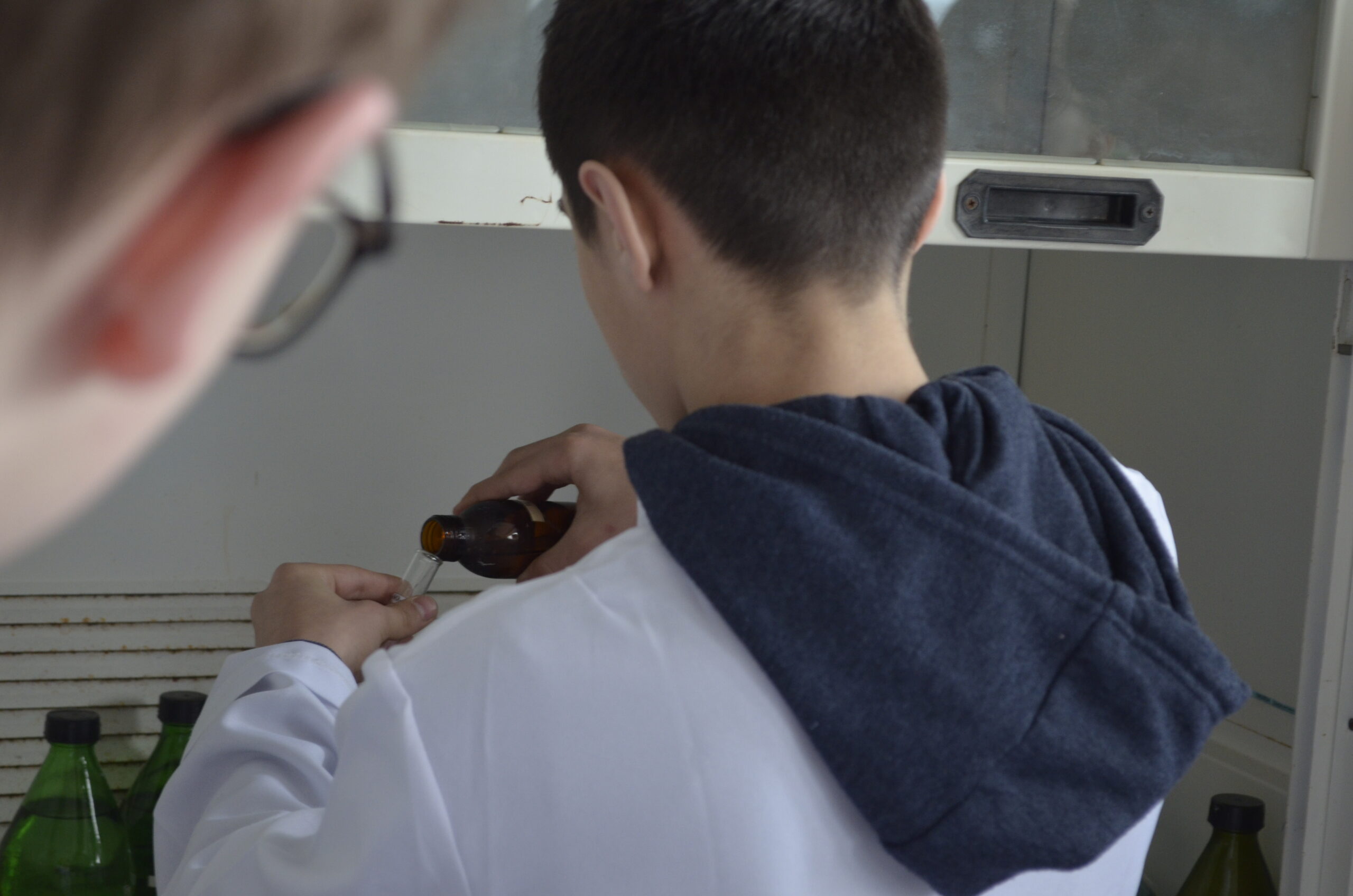
Preparation for the Chemistry Olympiad continues!
